Security – Safety Rules For Gas And Electrical Equipment’s
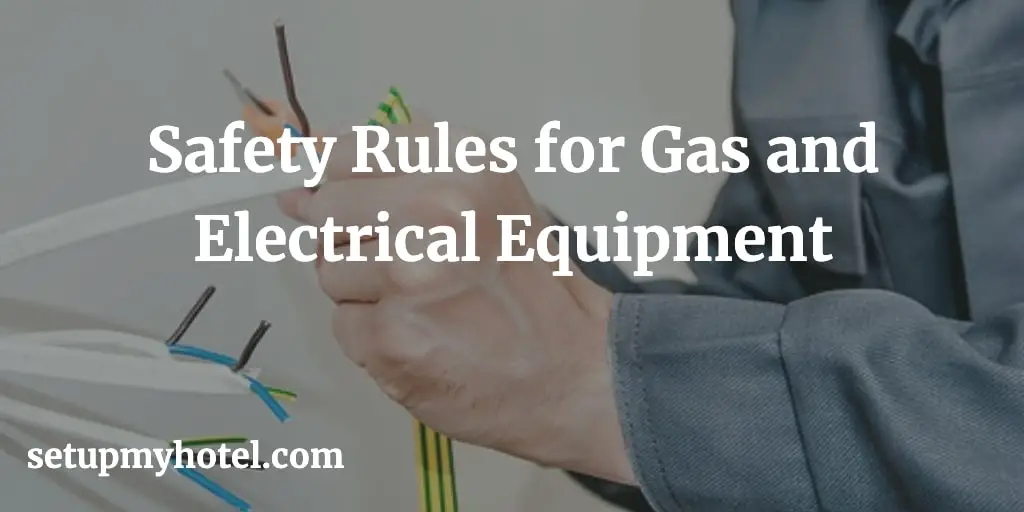
Safety Rules for Gas and Electrical Equipment Ensuring the safety of hotel guests is of utmost importance. As such, it’s ...
Read more
Food Holding Temperature Guide – Meat | Poultry | Fish | Other Items

Standard Food Holding Temperature Range Guide For Meat, Fish Poultry, and Other Items In the hotel industry chefs, cooks and ...
Read more
How To Keep Knife Or Knives Sharp?
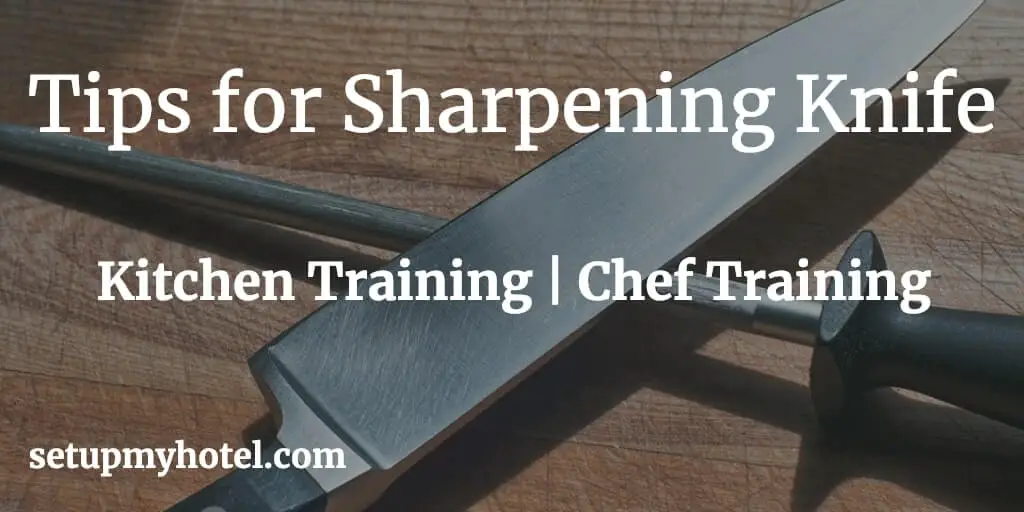
Tips For Keeping The Knife Sharp A knife is a tool that is of little use if it is not ...
Read more
Preventing Fire While Working In The Hotel Kitchen
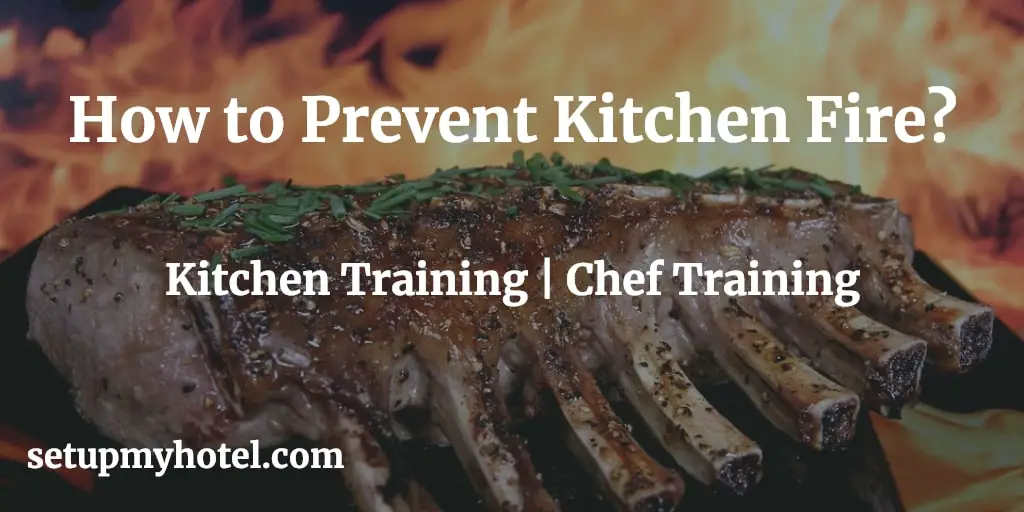
How To Prevent Fire While Working In The Hotel Kitchen Area? Familiarize yourself with the working area to minimize cases ...
Read more
Preventing Cuts While Working In The Hotel Kitchen

How To Prevent Cuts While Working In The Hotel Kitchen Area? The primary rule of knife safety is simple that ...
Read more
Different Types Of Beer Or Beer Terms

Different Types of Beer or Beer Terms Beer which has the lowest alcoholic content is made from fermented grains and ...
Read more
Security – Hotel Security Audit Checklist For The Security Team
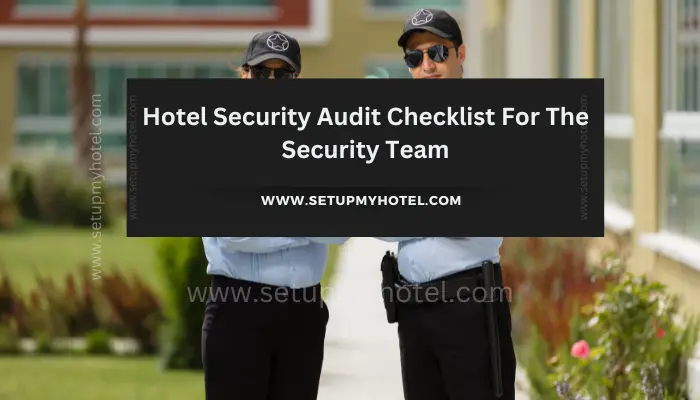
Hotel Security Audit Checklist for The Security Manager / Team As a security manager or team, it is crucial to ...
Read more
Security – Types Of Security Alarm Systems Used In Hotels
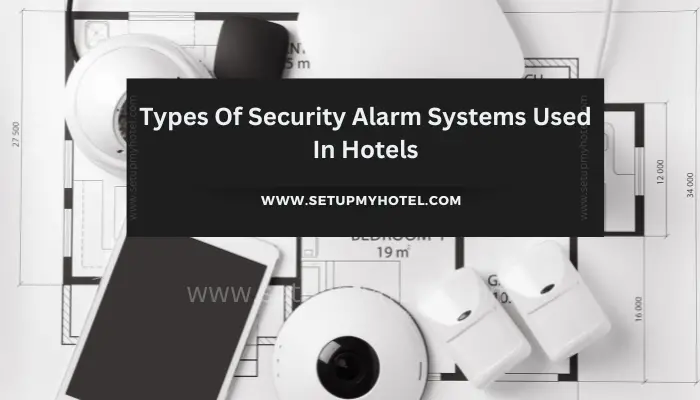
Types of Security Alarm Systems Used in Hotels Hotels are a prime target for theft, burglary, and other security breaches. ...
Read more
Security – Crime Prevention Through Environmental Design In Hotels
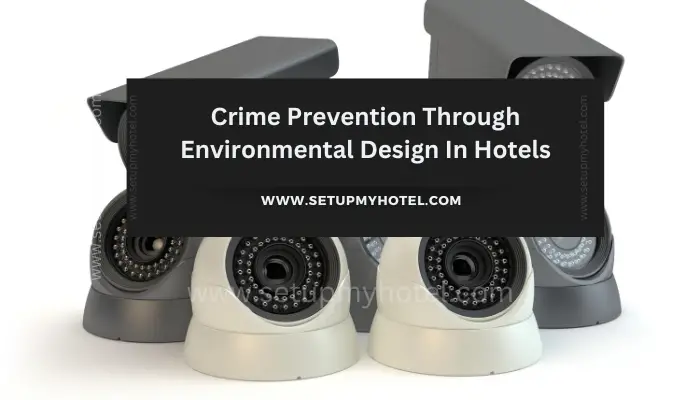
Crime Prevention Through Environmental Design In Hotels Crime Prevention Through Environmental Design (CPTED) is an approach that focuses on designing ...
Read more
Security – Hotel Security Department Organization Chart
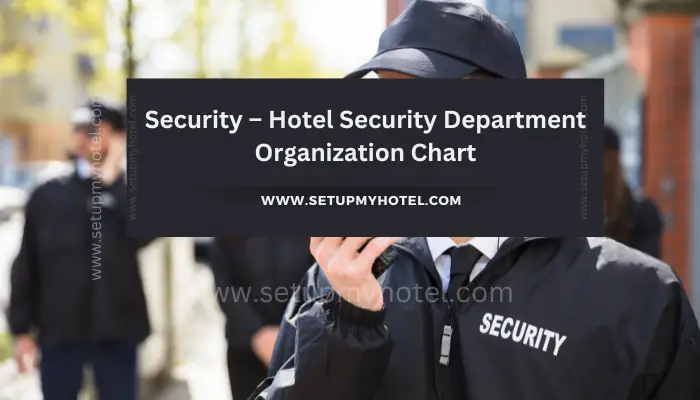
Sample Organization Chart For Hotel Security Department No two hotels have identical security requirements. National Security Standards are not suitable ...
Read more









